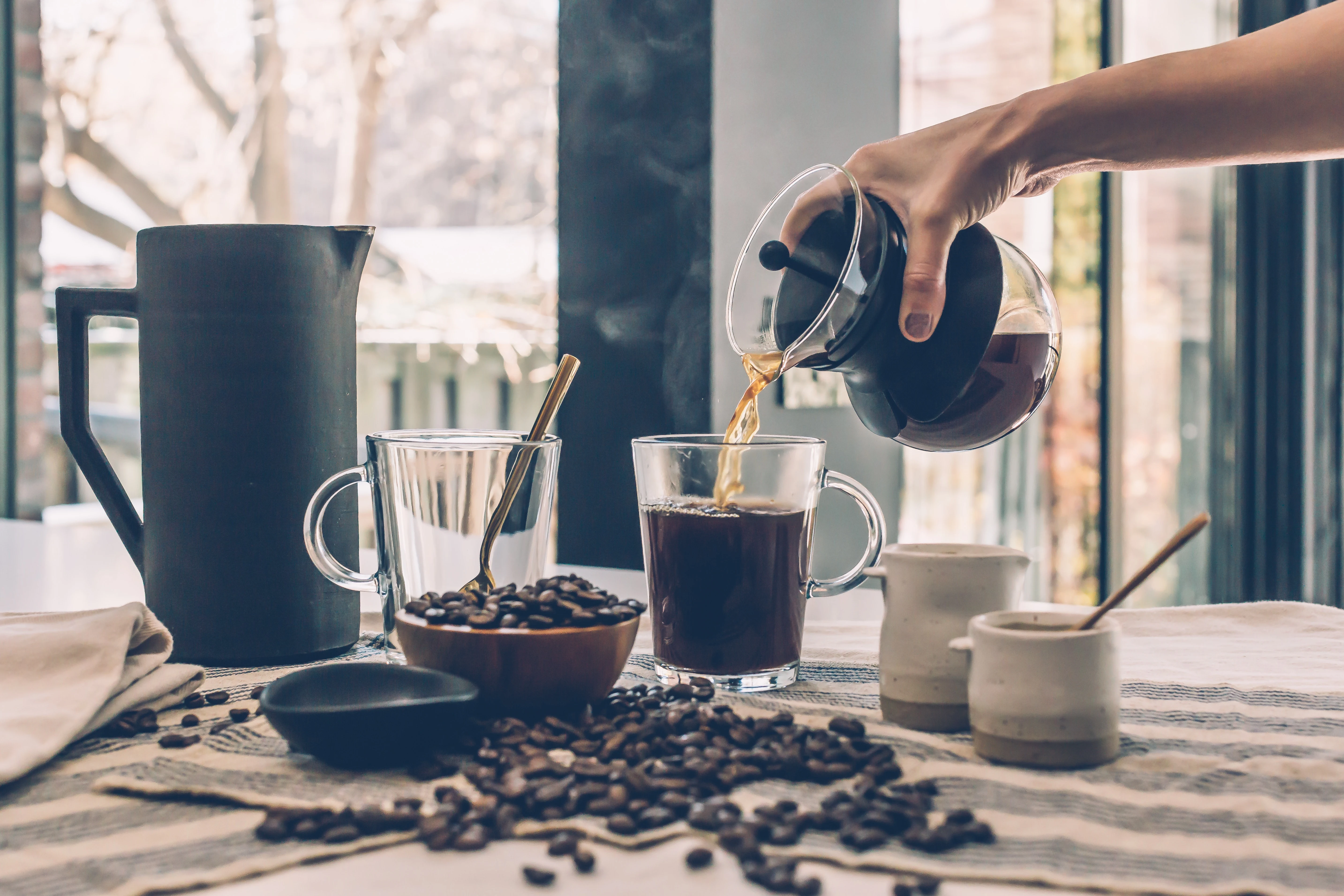Looks You'll Love for Valentine's Day Makeup.
Is it possible for social media to cause illness?
What is sociogenic sickness?
Characteristics of mass sociogenic illness
Certain characteristics are typical:




 |
| Photo by Mikael Blomkvist from Pexels |
Your website is the face of your brand, and it is critical to the success of your company.
Your website is not mobile-friendly.
Does not reflect your company's image.
A new beginning.
 |
| Photo by Tima Miroshnichenko from Pexels |
As you go through life, you’ll encounter situations that test your faith. You can think of these as trials that define the direction of your spiritual path. Do well, and you’ll emerge stronger. Do poorly, and your life will start getting out of control.
In this post, we take a look at some of the signs you’re being tested and what they mean.
You’re Being Asked To Sacrifice Something
While we might like to have it all in life, it’s not possible. Time, money, and resources are all limited. Eventually, we have to make decisions about what can stay, and what must go.
We have examples of sacrifice in the Bible, notably when Abraham offered up his son Isaac on the mountain as a test of faith.
In life, you will face similar tests. You may have to sacrifice a career for a family or time for a project that you want to complete. Whatever it is, giving something up is a test of faith that everything will be okay in the end.
You’re Being Asked To Give Up Control
God is always probing our hearts, trying to figure out what we’re made of. The idea is that we surrender and place our total trust in our faith. Doing this is a kind of proof that we’re giving everything over to a higher power.
Tests of the heart come in all shapes and sizes. Some involve work, while others can affect your health.
Through these processes, we come to be stronger people. If we can show faith in the most challenging of conditions, then it means that the rest of our lives will be a breeze.
The liver is a vital organ for overall health, and the foods you eat can either aid or hinder its function. For example, choosing meals strong in dietary fibre and vitamins C and E can help keep the liver healthy, whereas drinking too much alcohol or eating foods high in saturated fat can impair it.
According to new research, following a Mediterranean diet can help manage the fatty liver disease, a prevalent liver ailment. In a study published this month in the journal Nutrients, researchers looked at the liver fat content and adherence to the Mediterranean diet of almost 1,400 people aged 65 and up.
They discovered that adhering to this diet reduces liver fat levels, but that eating more red and processed meat, as well as consuming more alcohol, increases liver fat content. Sticking to white meat and plant-based proteins, as well as cutting less on alcohol, can help your liver.
Fatty liver disease (also known as hepatic steatosis) is generally "a quiet disorder with few or no symptoms," according to the National Institute of Diabetes and Digestive and Kidney Diseases (NIDDK), which is part of the National Institutes of Health. If you have signs of fatty liver disease, you may experience abdominal pain and weariness. People with this ailment are more likely to develop heart disease, high blood pressure, and type 2 diabetes, among other health concerns.
Tips for Self-Examinations of the Breast
The significance of breast examinations
Breast cancer statistics and the need for screening are compelling: mammography has contributed to a nearly 40% reduction in breast cancer fatalities since 1990. Regular mammography and self-examinations can help you save your life by detecting irregularities early on.
Breast examinations also offer a secondary purpose: they help you become acquainted with your breasts. This may seem ludicrous; after all, they are your breasts, and you are inherently familiar with them. However, many women are unaware of lumps until they are detected during a mammogram. Simply stroking your breasts is insufficient; you must master the proper technique and recognize the signs.
How to do an effective self-examination
You're likely to have come across a guide or graphic demonstrating how to conduct a self-breast inspection. While these graphics are excellent for spreading awareness on social media, they may not always convey accurate and comprehensive information.
Choose a day after your period ends to conduct a self-examination. This helps prevent your breasts from becoming sensitive, puffy, or sore. If you are not menstruating, simply choose one day per month. Begin your assessment with a visual inspection. In front of a mirror, standing topless and slowly raise your arms, elevate each breast, and inspect for any irregularities. These include the following:
Changes in size, shape, or symmetry
Dimpling
Changes in the nipples
The presence of redness, ridges, or roughness
After that, it's time for the physical examination.
After that, it's time for the physical examination. Gently massage your breasts in spirals with the pads of your fingers, beginning at the nipple and working outward. Then, with your fingers, trace the circumference of the breast up toward the collarbone. Finally, massage the sides, paying special attention to the area around the armpit.
 |
| Photo by Toby Younis from Pexels |
If you're wondering why most women are wearing the Versace Medusa Aevitas platform pumps and why every woman wants to buy them right now, you're not alone. This was a big hit for Versace, in my opinion. You can't browse through Instagram without seeing a picture of these heels.








